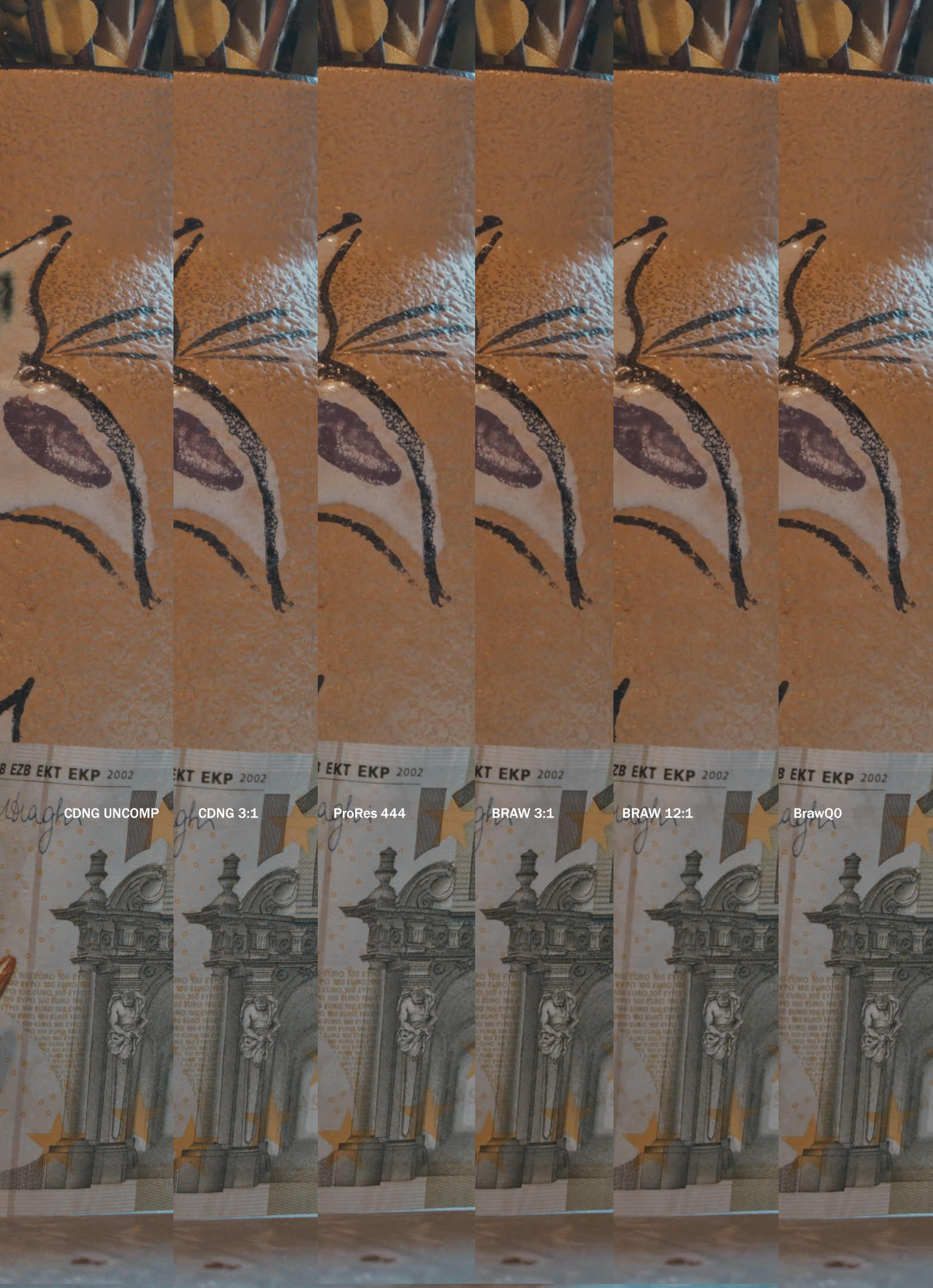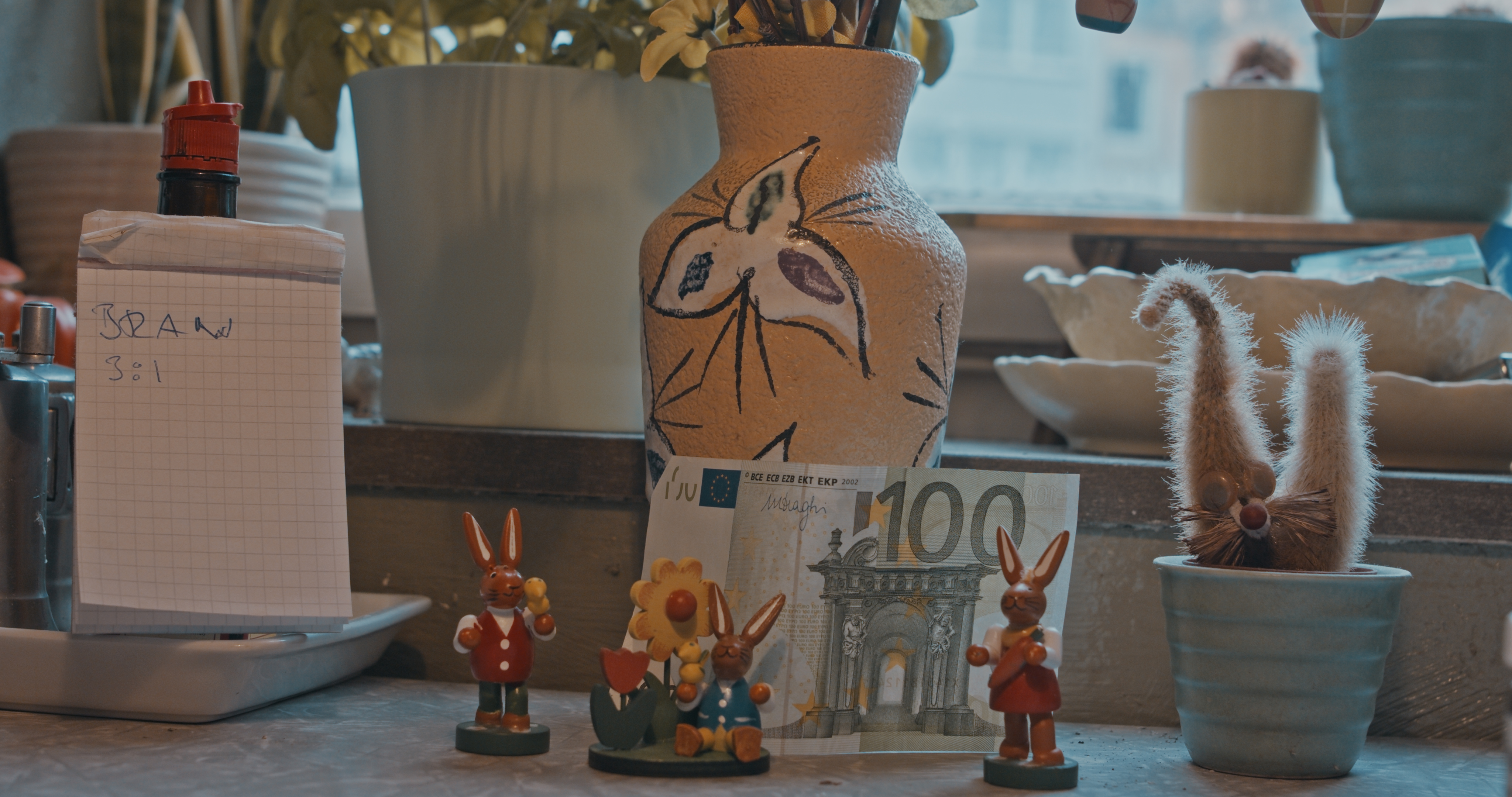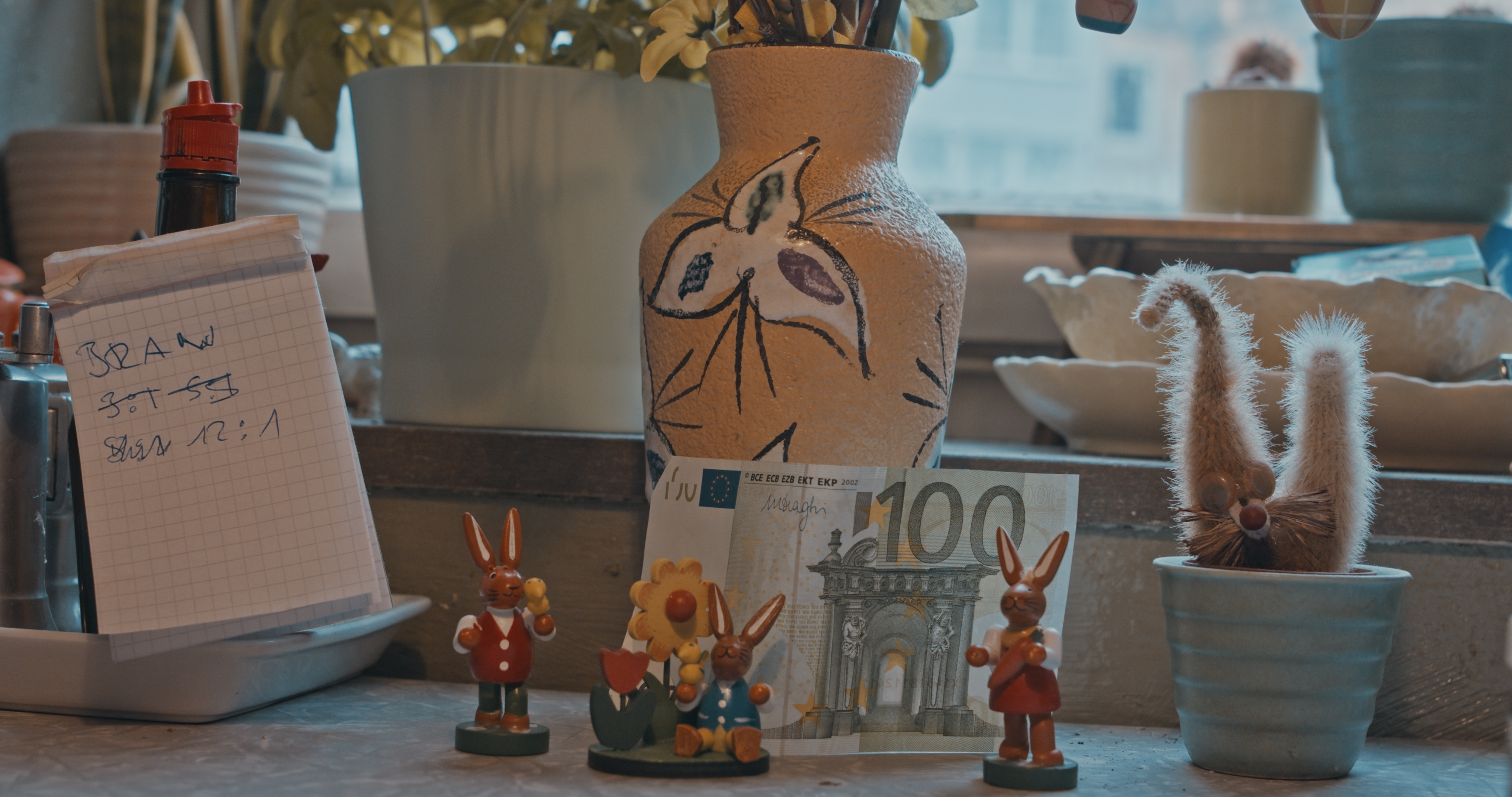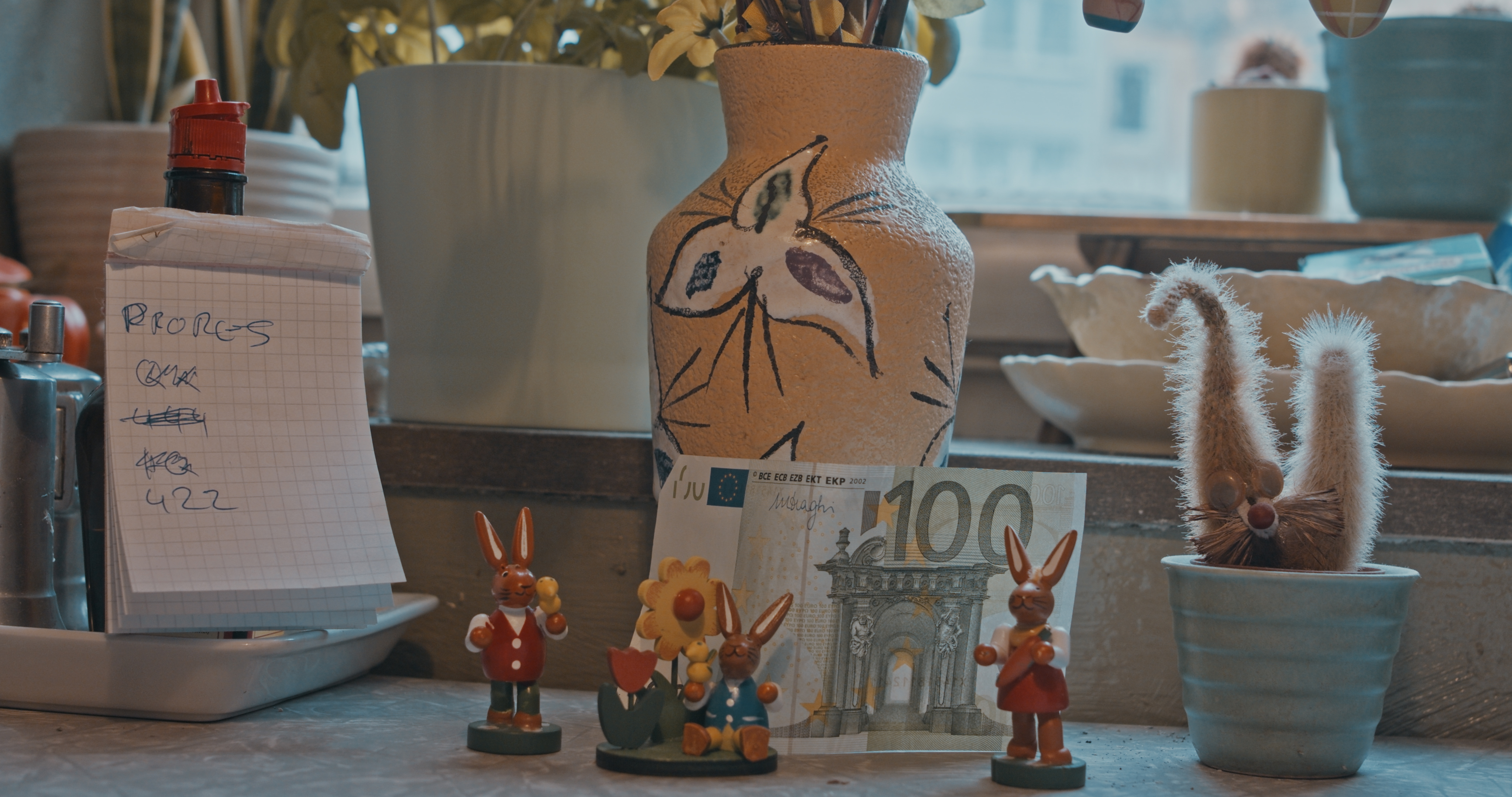
A few days ago, Blackmagic announced (among other things) the new firmware for the Pocket 4K. It features a long awaited option: Blackmagic’s own flavor of raw, called BRAW. A lot of folks where very happy, when they heard that – well, not for long.
In the next sentence, they learned that CDNG is gone from the camera. And suddenly all hell broke loose, and people went mental.
What happened to CDNG?
As far as I can tell, there was some dispute with an other company, probably RED, who already sued Sony and Atomos for “violating” a pretty trivial patent, of the sheer idea of “recording compressed raw in camera”.
After some back and forth, Sony – with their own army of lawyers – sued them back, and it was all a big expensive mess and basically a loose-loose situation. I totally understand Blackmagic’s move under those circumstances, not to throw a ton of money at a lawsuit with questionable outcome, but spend it somewhere else, where we all can profit from.
But since I don’t have any real insight, this is all just speculation, and it doesn’t really matter. It is what it is now.
Anyway, with the new firmware for the Pocket4K (and the Ursa Mini Pro), CDNG is gone, and that caused a earthquake of hysteria in the community.

Actually it’s a bit bizarre. The same people, lecturing me for years, that nobody needs CDNG – cause if ProRes is perfectly fine for shooting Game of Thrones, it should be perfectly fine for me, and everybody else – are now outraged, that Blackmagic is taking CDNG away from them, and they are left with the “mushy” BRAW.
So even if ProRes was perfectly fine for Game of Thrones, and nobody ever needed anything more, suddenly you can’t live without that (slow, big data rate, annoying, gazillions-of-frames, computer choking) CDNG? Seriously?
Here is, why you don’t need CDNG anymore
I was always an evangelist for uncompressed acquisition, capturing and post production. The day, the first Decklink was available, I bought 4 of them, so all of our Workstation could have a uncompressed post workflow. I even schlepped a workstation and a RAID to studio shots, to capture uncompressed from the DigiBeta camera. Since those early days, I always embraced Blackmagic’s uncompromised love for best possible signal and image quality.
After that, I always pursued a better way to record my material. Remember the Panasonic DVX100 hack from Juan? All those attempts with external recorders like the Focus? It was a pain in the ass, but still better than having your image degraded by internal recording.
Many years later, the first BMCC came out – finally a camera that records uncompressed images in camera, and this on cheap of the shelf media, and despite the data rate, I was a happy camper, since hard drives where still much cheaper than tape or even film.
Than a new firmware brought visually lossless compression, plus 3:1 and 4:1 – the images where still amazing, and recording ProRes never came to my mind, since the ease, speed and flexibility of CDNG was awesome.
Pretty much out of the blue, suddenly there was BRAW for the Ursa Mini Pro, and I have to admit, I was skeptical. The data rate was really low, compared to what I was used to, and I was like – yaaahh I don’t know….
But of course I did my tests, and it was mind blowing.
In a nut shell: at Q0 and 3:1 you have a hard time to see any difference to one of the CDNG flavors. But even at the lower tiers of BRAW, you really have to pause a clip, and zoom in up to 500%, to see the difference.
And yes there is a difference, and you can definitely see it. Nobody would expect such a massive data reduction, without any loss of image detail. But the (Black)Magic of BRAW is, it really needs hard core pixel peeping (as in pause and zoom) to spot it. No way you can see it under normal viewing conditions.
Don’t trust me – trust your eyes
Ursa Mini Pro, Samyang 35mm, f4
Right-click open image in new tab, to see the frames in full 4K glory








But how about in camera noise reduction and sharpening?
Since BRAW does some partial debayering in camera, some guys complained, that also noise reduction and sharpening will be baked in.
Yes, lossless CDNG has more noise, while BRAW looks a bit denoised, but not as much as ProRes 444 (still good for Game of Thrones, right?). But actually nothing of that matters, cause rendering the material out to H264/65 or any other long GOP, or massive compressed delivery codec, is going to throw all those differences out of the window – big time.
If you enlarge the image below, you can see, that the x264 can’t handle the detail at all – and this is one of the better codecs, at high quality settings. Any difference between CDNG lossless and BRAW is completely gone, and you are left with mud and compression block artifacts.
Right-click open image in new tab, to see the frames in full 4K glory

What else do you get?
Besides the convenient file size, BRAW files are super fast and easy to handle even on laptops, especially in combination with the latest version of Resolve, that really boosts performance on lower computers. Actually it even beats ProRes in speed, performance and response on the timeline. That’s probably the best-in-class performance over the competition.
You get an excellent 12 bit LOG codec (like Alexa) that unpacks as 16 bit in your timeline – that’s a lot of headroom to play with. ISO, temperature andwhatnot are just metadata and not baked in, like in (10 or 12 bit) ProRes. So those parameters can be changed in post, without causing artifacts.
BRAW is a cross-platform, license-free for everybody codec. You can download the SDK and implement it in your application, without paying a penny.
You can choose between fixed bit rates, and fixed quality rates. Personally I shoot everything at Q0, since the data rate is already a joke, compared to CDNG, and I see no reason, why I shouldn’t use the best quality BRAW I can get for my work. Your mileage may vary though. For long interviews, 3:1 or Q5 is probably more than enough.
Take away
Not having CDNG anymore is not only not the end of the world, actually it does’t mater at all, since Blackmagic did a mindblowing job with BRAW.
As much as I love CDNG, I’m not gonna miss it. The newer camera features like high frame rates up to 300 fps are almost impossible with CDNG, cause non of the cards/drives would be fast enough to write that amount of data. With the data rate of BRAW, it’s totally doable.
Personally I never cared about drive space, or the fact, that CDNG writes a gazillion single images in a folder. And I also never understood, why so many guys complained about it. In all those years, I never opened such a folder – why should I? I use Resolve and the material shows up as single clips there, like any other clip. But for some reason, that was always something folks keep moaning about. Now with BRAW, you have a single clip – be happy now.
As you can see in the images above, there are differences, but they are nothing to write home about, since nobody can see the difference in a running clip at 100%. Since that is exactly the way, we want folks to watch out material, it’s all good.
So bitching about the loss of CDNG, is like you buy a car that has a 155 mph mark on the speedometer, and you complain, that the actual top speed is just 110 mph, but you live in a country with a 80 mph speed limit.
Now let’s forget all the tech stuff for a second, and look at actual cinematography. For my taste (and a lot of DPs I know) CDNG was always to harsh. When you compared it to Alexa or RED material (same motive, lens, light and all) CDNG appeared always much sharper and detailed. A lot of that has to do with the absence of an OLPF on BM cameras. But this was sometimes a source of moirè or ringing in BM CDNG material (not so often in ProRes/DNX), or not-so-nice skin of actors, cause you could see every imperfection.
It’s all about magic
Since cinematography isn’t about reality, but about the magic, I often used diffusion filters, or did some softening in post. BRAW now provides me with a much more organic, and film like image right out of the box.
Call me crazy, but IMHO the less contrasty edges of BRAW material also seem to have a positive effect on the motion cadence. It was the first thing that jumped out on me, when I did the first BRAW test – the motion looked smoother and more like, what you expect from film.
So yeah, I’m a happy BRAW camper. I just shot a feature film on BRAW, and everybody on the production team was more than pleased with the images.
What more can I ask for?